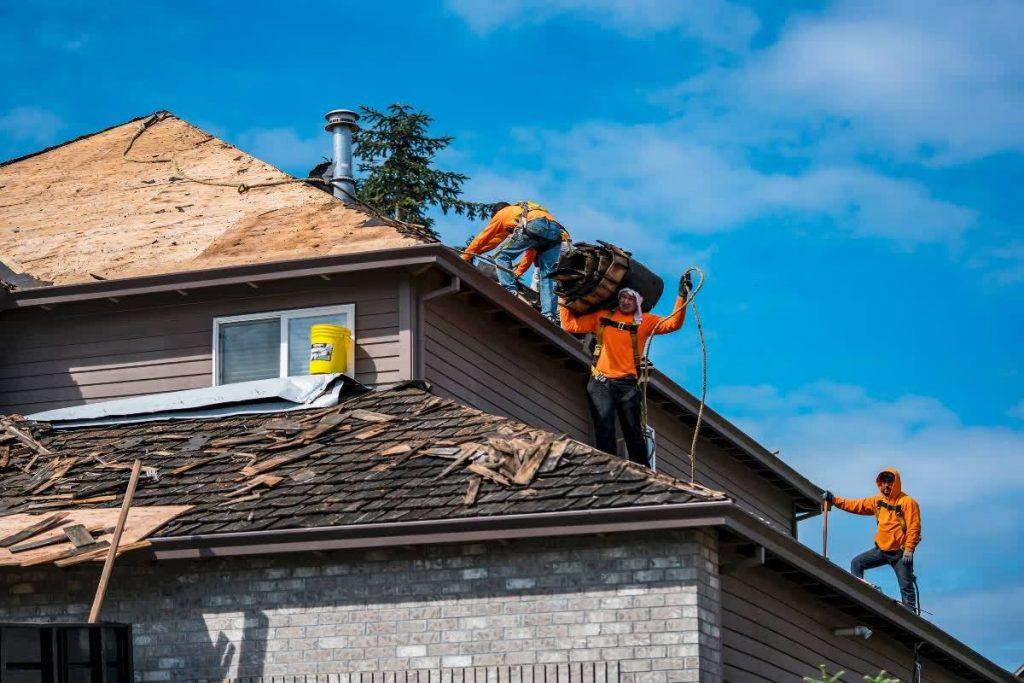Planning a roof replacement for your home is an important undertaking that requires careful consideration of various factors. One crucial aspect that homeowners often overlook is the need for a city permit. The question “Do I need a city permit to replace my roof?” is one that homeowners should ask to ensure compliance with local regulations and avoid potential issues. In this article, we will explore the importance of roofing permits, when they are required, and the potential consequences of neglecting them.
Understanding the Significance of Roofing Permits:
City permits for roof replacements serve multiple purposes, primarily aimed at ensuring that the work meets safety standards, adheres to building codes, and maintains the structural integrity of the property. Local building departments or permitting agencies typically issue roofing permits as a means to regulate construction and renovation projects.

When are Roofing Permits Required?
Full Roof Replacement: Most jurisdictions mandate a roofing permit for a full roof replacement. This includes removing the existing roofing materials and installing new ones. The permit ensures that the project complies with building codes, fire safety regulations, and structural requirements.
Structural Changes: If your roof replacement involves any structural changes or modifications, such as altering the roof pitch, adding new dormers, or expanding the roofline, a permit is likely required. Structural changes impact load-bearing capacity and roof integrity, requiring necessary approvals.
Historic Districts or Homeowners’ Associations: If your property is located in a historic district or governed by a homeowners’ association (HOA), additional permits or approvals may be necessary. These organizations enforce guidelines to preserve the neighborhood’s historical or architectural integrity.
Consequences of Neglecting Roofing Permits:
Legal Issues and Penalties: Neglecting to obtain the required roofing permits can result in legal issues and penalties. Building departments can issue stop-work orders, levy fines, or demand material removal for non-compliant roofing work. It is essential to adhere to the permitting process to avoid costly legal repercussions.
Insurance Coverage: In some cases, insurance companies may deny coverage or limit claims related to roof replacements conducted without the necessary permits. Neglecting to comply with local regulations can be viewed as negligence, possibly nullifying your insurance policy or complicating the claims process.
Future Property Sales: Undocumented or unpermitted work can create complications when selling your property. Prospective buyers may seek proof of permits and inspections for legal and code-compliant work. Non-compliance can deter potential buyers or lead to negotiation issues during the sales process.
Seeking Roofing Permits:
Contact the Local Building Department: Contact your local building department or permitting agency for roofing permit requirements. They will provide guidance on the application process, required documents, and any fees associated with the permit.
Engage a Licensed Roofing Contractor: Working with a licensed roofing contractor aids in navigating the permitting process. Professional contractors are familiar with local regulations, building codes, and permitting requirements. They can assist you in obtaining the necessary permits and ensure compliance throughout the roof replacement project.
Conclusion:
Obtaining a city permit to replace your roof ensures compliance with local regulations, codes, and safety standards. Neglecting roofing permits can lead to legal issues, insurance complications, and challenges during property sales. Contact the building department and work with a licensed roofing contractor for a smooth permit process and successful replacement meeting all requirements.



Leave a Reply